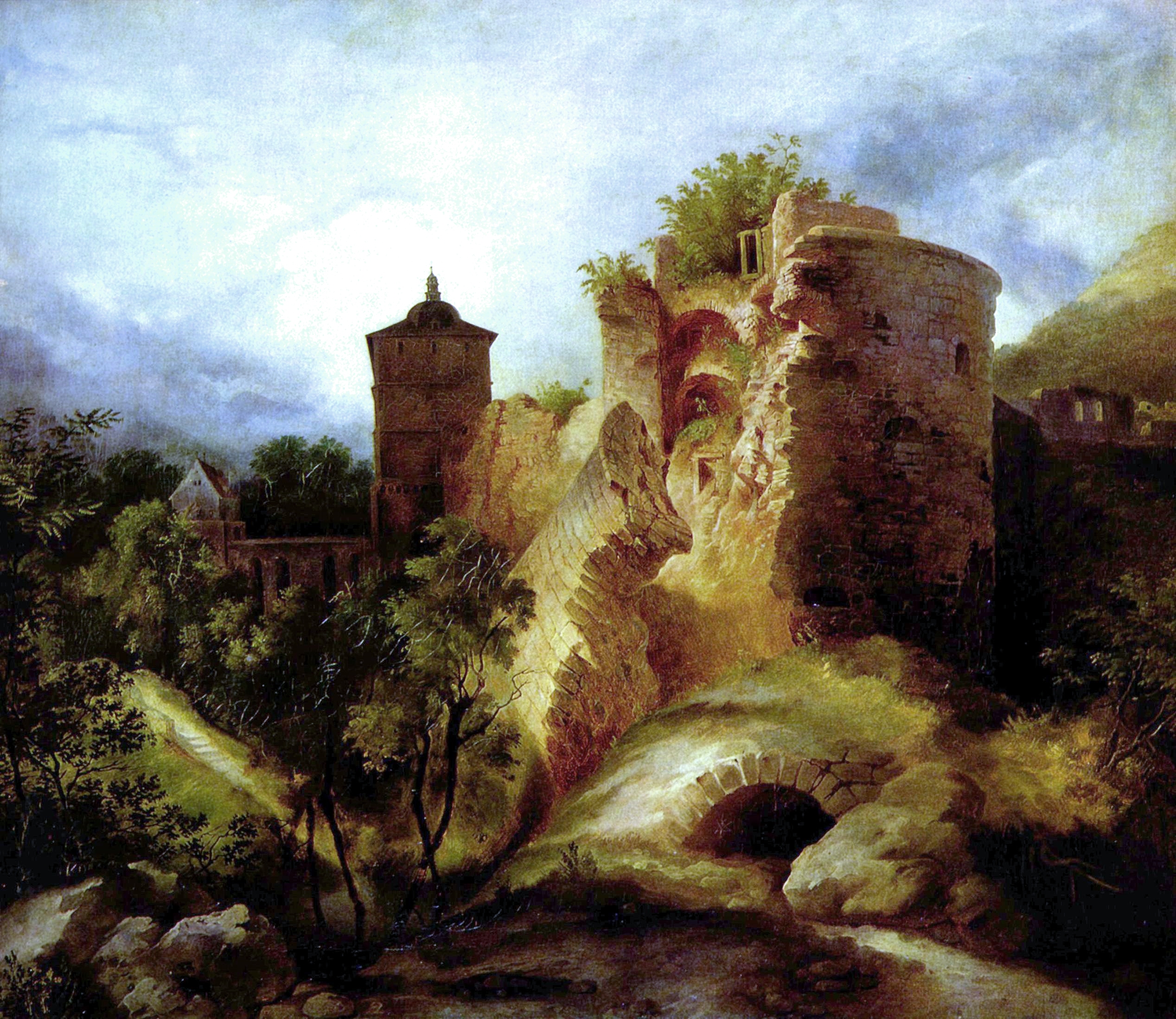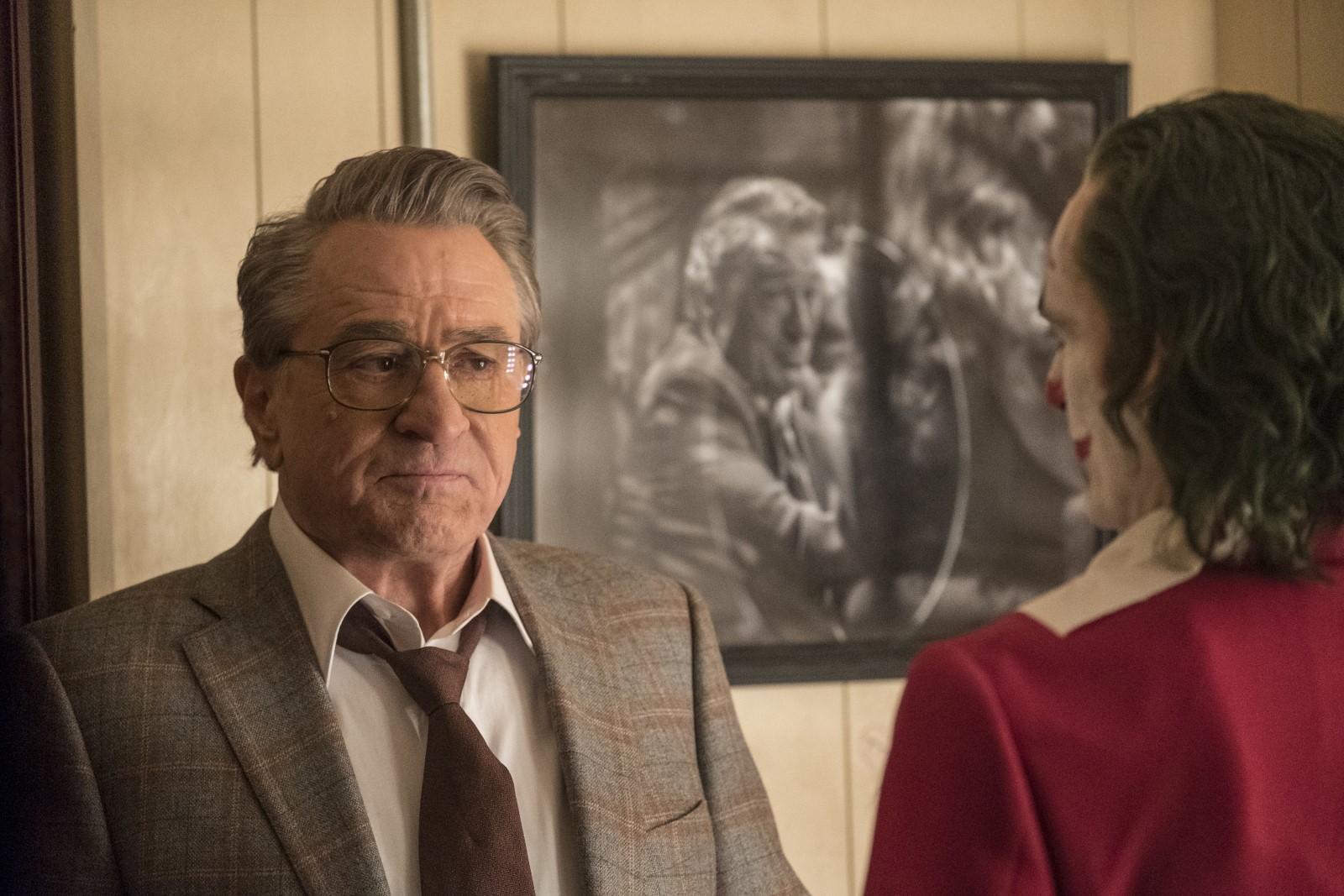Introduction: In Search of the Real Russia
Money for Maria is a novella by the late Soviet writer Valentin Rasputin. I came across him and his work quite by chance, as I generally prefer reading older writers. But come to him I did, because I’ve always been interested, as most foreigners who end up in Russia are, in “the Real Russia”. And Rasputin is one of its prophets.

After a time shuttling between Moscow and Petersburg one realises, especially if you look out of the train or bus window, that there is an awful lot of Russia out there that you hardly see in either of the capitals. It’s all well and good to read Crime and Punishment or The Master and Margarita – both of which take cities as their settings. But Russian literature has always stretched far beyond urban limits, as anyone who loves Chekhov, or the Gogol of Dead Souls, knows. To truly get to know the country these books were born in, one must pack one’s bags and head out into the great wilds of the small provincial towns, endless forests, and towering mountains. This world is Rasputin’s element.
Introduction: Rasputin and Siberian Fiction
Valentin Rasputin was born in Irkutsk Oblast, the area of Russia lying immediately west of Lake Baikal, and he spent most of his life in Siberia – that unknowable mass of Russia that lies beyond the Ural Mountains, home to Dostoevsky, the Decembrists, and many others during their internal exile by the Tsars. Me, I’ve never been, but it’s always been something of a dream of mine, alongside the Russian Far North. Reading Rasputin, for the moment, is as close as I can get to that mythical land. It is a Russia that can no longer claim to being European, but simultaneously is unwilling to designate itself as truly Asian. I remember a quote by Vladimir Putin that goes something like this: Russia is neither in Europe or Asia, but Europe and Asia lie to the left and the right of Russia respectively.
Siberia is a different world, and it stands to reason that it brings something of a different literature with it too. One with a new (or, as it happens, old) set of values, symbols, and virtues. Rasputin is very much an inheritor of the intellectual tradition laid out by Dostoevsky and the later Tolstoy, both of whom idolised the peasant life and soul. Money for Maria, written in 1967, is a novella that both looks to the communal past while showing the ways in which the Soviet Union challenged it. But, well, is it worth reading?
Money for Maria – The Story
Money for Maria tells the story of a few days in a small Siberian village and a crisis that erupts there when a man from the government arrives in town. Kuzma’s wife Maria runs that local shop – an essential part of day-to-day life when other villages and the city are miles and miles away. But one day there arrives this government inspector to look through the stores, and he discovers that through Maria’s poor accounting skills – she’s not been working in the job for long – a great number of things are unaccounted for. As a result, she has to pay up to the tune of one thousand roubles – a huge amount of money. The inspector explains that if she can find the money within five days, she’ll be let off. But if she can’t, then the prison awaits.
While Maria’s reacts to the terrible news by falling into depression and lethargy, Kuzma sets out to collect the money. The story is split into two strands. The present strand concerns one last-ditch attempt by Kuzma to borrow the remaining money from his brother, who lives in the city. As he goes on the overnight train he remembers the events of the previous days, where he tried to collect as much as he could from the local townsfolk. These memories are woven into the fabric of the first narrative. Through them and through Kuzma’s journey on the train, we encounter a broad variety of Soviet citizens. They range from the snide Soviet upper class to honourable old men, petulant children, and hard-working farmers.
A Kafkaesque Arrangement –Structures and Symbols
I don’t know whether Rasputin was familiar with the works of Kafka when he wrote Money for Maria. But when Kafka’s works were, eventually, smuggled into the Soviet Union, the Soviets originally believed he was someone living within their borders – they couldn’t believe that a Jew from Prague could have created his world for himself when it seemed so eerily like a twisted version of their own. Money for Maria is not overtly absurd, in the way that the short pieces of Daniil Kharms are. But in its structure, its underlying attitude towards bureaucracy, even in its setting and subtle symbolism, I get a sense of the absurd and of Kafka, nonetheless.
To begin with, there is the question of the money. One thousand roubles was, in those days, a lot of money. It appears to be more than most people make in an entire year. When Kuzma goes around begging for donations most people are only able to give him a few roubles. When the head of the local council offers to give him the month’s pay of the councillors there’s still not nearly enough to repay the debt. Though we know that occasionally Maria might have made a mistake, the scale described by the inspector is unbelievable. When Kuzma gathers together all the money he’s managed to collect on the night before he heads out in the train, he thinks that he must have more than anyone else in the whole town. The money quickly becomes a symbol for the absurd punishments meted out by an unknown and unstoppable state.
The train also reminds me of Kafka’s style. The idea that Kuzma is going, going, but never seeming to actually arrive anywhere because each mile is accompanied by lengthy detours into the past. It creates the same uncertainty as Kafka’s stories have, where one hopes against hope that the protagonists might – just this once – succeed in entering the castle, or proving their innocence, or whatever. At the very end the train does arrive, but that doesn’t change the overall effect. The story ends just as Kuzma knocks on his brother’s door – we don’t know whether he will be met with success or be turned away. The abrupt ending thus prolongs the uncertainty of the whole work, and refuses to grant the reader the respite from the feelings of persecution that a more positive ending would offer.
The symbolism of Money for Maria is also Kafkaesque, though this time closer to The Castle than The Trial. Kuzma spends the story waiting for snow to arrive, but it never does – not until the last moment. Until then, the liminal windy space between autumn and winter reflects the general feelings of uncertainty and fragility of peace:
“He thought that such was the time of year: neither fully autumn nor fully winter, but an autumn that at any moment could shatter, then winter would arrive.”
The wind becomes the main weather symbol, like the snow in The Castle. Here the wind comes to represent the fatalism of the characters – their feelings of powerlessness. Early on, Kuzma looks at the street and wonders whether people are going by their own strength, or whether the wind is just blowing them around instead.
Christian symbols are occasionally visible too, but under State Atheism it’s hard to know what to think of them. Like Kuzma, we are left trying to find hope in a world whose magic has been ripped out of it by state machinery. It’s up to the reader to decide whether its symbols should reassure or disappoint us.
The Politics of Money for Maria
We don’t know how that much money was lost. We don’t know whether the inspector is right. But we know that he can’t be questioned, and, like Josef K in The Trial, Kuzma tries to rid himself of the feeling of persecution rather than questioning the truthfulness behind the accusations themselves. The atmosphere of persecution and disbelief is also pretty reminiscent of Kafka. Here are two examples:
“And he did not move for a long time – it seemed that he was waiting for a miracle, when someone would arrive and tell him that the whole thing was just a joke and that the whole story about the shortfall was nothing for either him, or Maria, to worry themselves about.”
“Kuzma rested, but it was the temporary respite of one being tried before the moment of judgement, and he knew it.”
This atmosphere cannot exist independently of political questions. Kafka’s works are universal in that there’s little to mark them as originating in Prague as opposed to anywhere else. Money for Maria, meanwhile, is a clearly Soviet work. There is the history – the references to the Second World War; there also is the particularly Soviet vocabulary of Kolkhozes and other bits and pieces. This is not essential, by any means, to the work. But it means that reading it you are aware that it’s set within a particular place at a particular time, and that its problems are the problems of that time. Rasputin was a member of the Village Prose movement, a group of writers who wrote about life in the Soviet villages in the later part of the twentieth century. They were critical of the state, but ultimately nationalistic in outlook – and thus useful enough to remain publishable.

Rasputin’s criticism of the state in Money for Maria is not overt, and in its essence, it boils down to the traditional complaint of countryfolk the world over – leave us alone to get on with our lives. Stalin’s rule is implicitly criticised after one member of the town is described as having been given a fifteen-year sentence for a minor crime. But as for the modern state, there is only the silence to suggest the “crime” committed by Maria isn’t entirely real. And once, only within the context of this historical crime under Stalin, there is the suggestion that the mistake may lie higher up, on some rung within the endless mechanisms of bureaucracy, but that because nobody is willing to take responsibility and accept the blame for themselves, the person who is punished ends up being the villager, who cannot defend themselves. It’s a blink-and-you-miss-it moment.
Dignity and Heroism in Money for Maria
With all that said, Money for Maria diverges from Kafka in a vital way. It places the supreme value upon the village community. While Kafka’s works showcase the endless isolation of modern life, Rasputin finds salvation within retreating to the old, close, ways of living. What this means is an emphasis on the kindness and generosity of those who have almost nothing to give. The same people who inspired Russia’s utopian socialists in the 1860s and 1870s, and Tolstoy later on, also inspire Rasputin. The kindness of the chairman of the local council in offering his and his workers’ pay is matched by the generosity of old men and women who give all they can to Kuzma as he wanders about. That’s not to say that there aren’t people who don’t want to part with their money – but Rasputin shows that in the village old ideas of charity still predominate.
This same attitude is reflected in the depiction of village people generally, even those who don’t know of Kuzma’s struggle. On the train he meets an old couple and a young man, and after a time the four of them start talking about love. It is a scene that would feel right at home in Chekhov, and Rasputin’s attitude towards the characters is equally Chekhovian. The young man’s wife has just left him, and he boasts about his serial infidelity. Life, he says, is boring with only one person. But in opposition to him the old woman says that she’s been with her husband without either of them being unfaithful even once, and that it’s never been boring. The old man doesn’t speak, and we might suspect – as does the young man – that the woman doesn’t know the whole story. But her love shines so brightly that we don’t worry.
In much the same way, Kuzma hasn’t always been faithful to Maria. But, as he goes around, collecting money, and travelling on the train, he realises just how much he loves her. Loyalty doesn’t always mean love, and the opposite can be true too.
There is also a small amount of humour in Money for Maria which further adds to this view of the world. The moment I remember best is when, having collected the council’s wages, Kuzma waits the next morning for the money to be gradually begged away by frustrated family members. First the wife of one of the worker’s comes, and Kuzma dutifully parts with some of the money. We sit with him in awful apprehension as we wait for the next guest. At last we hear footsteps outside, and a girl appears, one of the worker’s daughters. We suspect the worst. But then she tells Kuzma that she just wants his eldest son to stop teasing her at school. It’s a moment that defuses the tension and makes aware of the respect Rasputin has for the lives and struggles of even the most simple of villagers.
Conclusion
I started writing this piece unsure of whether I had actually enjoyed Money for Maria. As much as I had found the story interesting and new, it seemed to lack the passion and belief of the great Russian works of the nineteenth century. Now that I’m finished, I realise I’ve changed my mind a little. The story does lack great essays on the fate of humankind, and characters who I can see living inside me as long as I live. But it carries on the quiet faith in the common man and woman and their small deeds that Chekhov is justly famous for, while adding a distinctly Soviet, Kafkaesque twist to his work. Money for Maria is beautiful and warming more than it is deep. But it doesn’t need to be deep. It’s still well worth reading, and a lot cheaper than a ticket to Siberia.
Rasputin’s most famous work is a short novel, Farewell to Matyora. I’m hoping to read that too, once I have time and energy, but for the moment I’m putting Rasputin aside. If you want to read more about works set in Siberia, have a look at my thoughts on Varlam Shalamov’s Kolyma Tales; for another Soviet writer who shares Rasputin’s preoccupation with human dignity in the face of terrible circumstances, look at Andrei Platonov.
Have you read Rasputin yourself? What did you think of him? Leave a comment!





